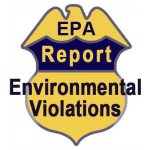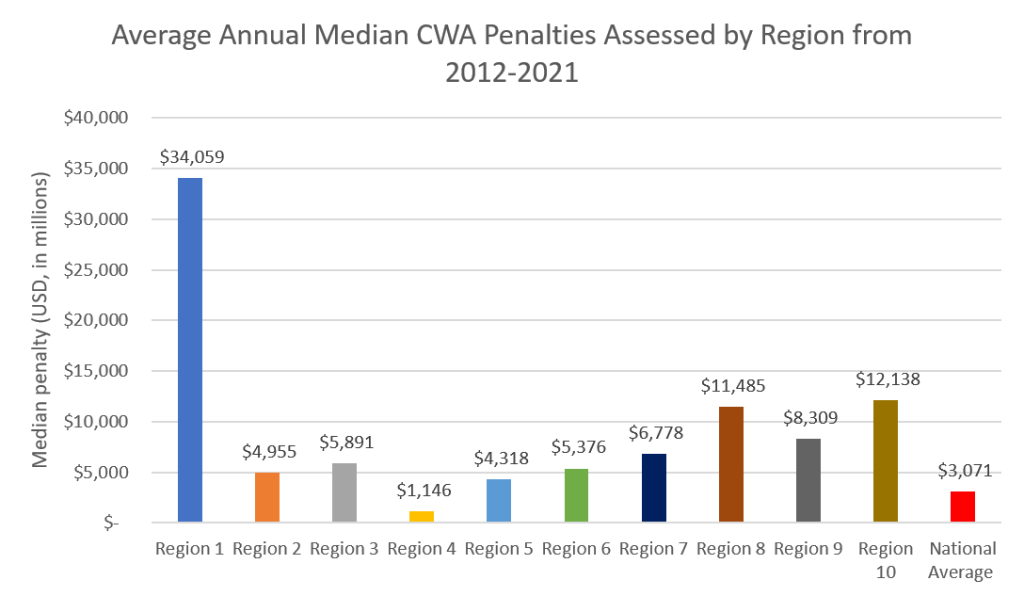Posted on January 14, 2022 by Jerry L. Anderson
Environmental law enforcement seeks to achieve greater compliance by punishing intentional violations and ensuring that violators do not achieve a competitive advantage through avoidance of compliance costs. To achieve that goal, regulators must balance the desire for uniformity with the need for discretion.

Unchecked discretion can lead to excessively high penalties, offending our sense of fundamental fairness and equality. Aberrational high penalties also suffer from due process concerns as they do not put potential offenders on notice as to the possible consequences of their actions. Conversely, low penalty amounts fail to promote the goal of deterrence. Consistent tepid enforcement sends a clear signal to potential violators that the risk is worth it because the repercussions will be minor. Uneven enforcement consequences also lead to the potential for undesirable competition among jurisdictions, as the regulated community seeks to locate in states perceived as “friendly” to business.
My current research focuses on whether environmental penalties are applied with sufficient consistency to promote compliance with environmental law. I am finding that there are some significant disparities.
One issue is the disparity between state and federal enforcement. State statutes typically provide much lower penalty authority than the federal statutes. With respect to civil penalties, EPA generally requires states to have only a $5000 per day penalty authority for state delegation of enforcement even though the federal statutory penalties are much higher. Moreover, the federal penalties continue to increase due to the inflation adjustment rule, but there is no equivalent inflation adjustment in most states. Thus, the federal-state penalty gap often grows larger every year.
For example, under the Clean Water Act (CWA) Section 309, the statutory penalty maximum of $125,000 for administrative penalties is now $287,632 due to the inflation adjustment. Meanwhile, in Iowa the maximum administrative penalty is $10,000, a level that has not changed for decades. Over the last 10 fiscal years (2012-21), state penalties for Clean Water Act violations averaged $12,901. In comparison, at the federal level, EPA imposed an average CWA penalty of $89,039 during the same period, almost 7 times the state average.
Even at the federal level, there are many disparities. Although EPA uses a uniform enforcement response policy, the policy contains room for the exercise of significant discretion. EPA’s penalty data, found on the agency’s Enforcement and Compliance History Online (ECHO), indicates a significant difference in the amount of federal penalties, depending on location. For example, over the last decade the median CWA penalty imposed in Region I was ten times the national average, while penalties imposed in Region IV were consistently well below the average.

Certainly there are legitimate reasons for some of these disparities. For example, federal penalties tend to be higher because EPA enforcement typically focuses on the most significant cases. Nevertheless, the disparities certainly merit further consideration in order to support the goal of uniformity.
